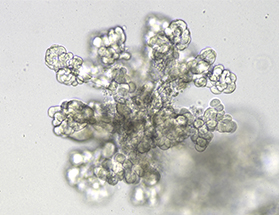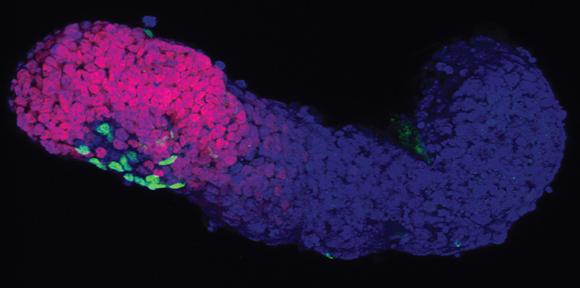

In Cambridge alone, there are groups growing mini-livers, mini-brains, mini-oesophaguses,mini-bile ducts, mini-lungs, mini-intestines, mini-wombs, mini-pancreases… Almost the whole body in miniature, it seems.
Read more about how these remarkable 'organoids' are helping transform biomedical research - including helping reduce the number of animals used in research.
The past few years has seen an explosion in the number of studies using organoids – so-called ‘mini organs’. While they can help scientists understand human biology and disease, some in the field have questioned their usefulness. But as the field matures, we could see their increasing use in personalised and regenerative medicine.

The text in this work is licensed under a Creative Commons Attribution 4.0 International License. For image use please see separate credits above.















